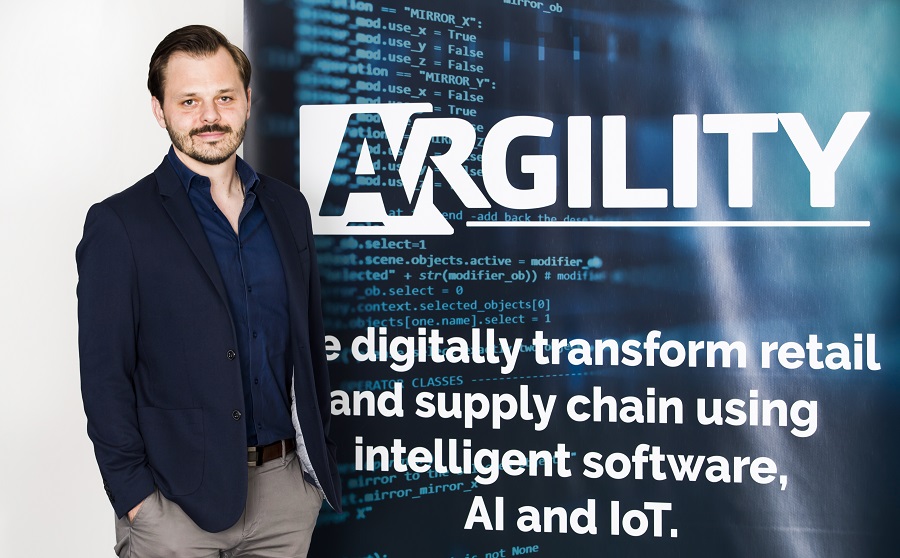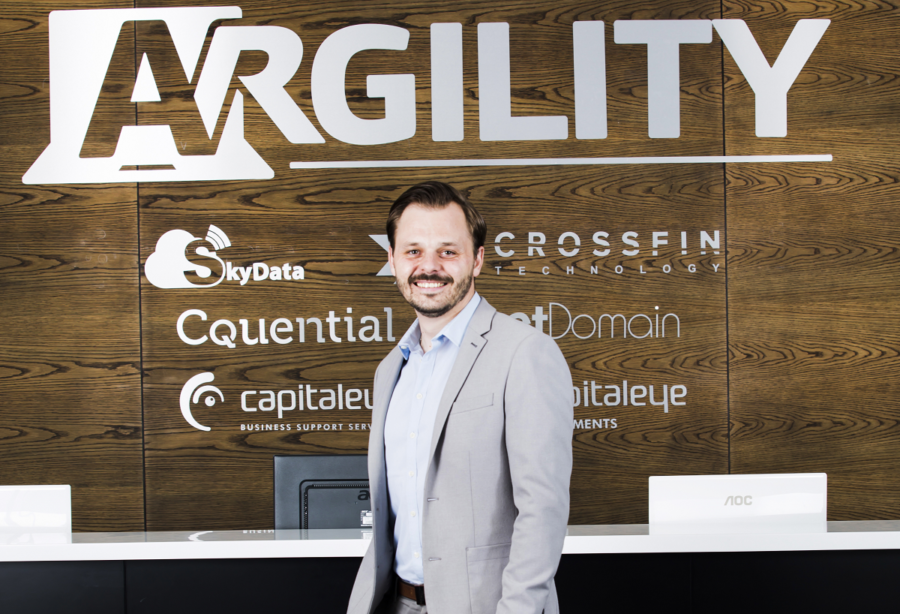
Is customer-centricity in sight for retailers at last?
Data analytics—and particularly predictive analytics—can give retailers a significant edge in an industry that is rapidly changing.
By Tanya Long, CEO, Argility Technology Group
In my first article, I looked at data and the opportunity it offers to businesses and other organisations in general terms.
I argued that by learning to use data effectively, companies could not only understand the past better, they could also develop strategies with a much higher chance of success because they are based on extrapolations from real facts and not feelings or gut instinct.
I also made the point that retail is a sector in which this kind of data-driven decision-making holds particular promise. In this article, I want to explore why this should be, and what the benefits are.
First, let’s take a look at some of the retail trends and how they are in turn driving the shift to a data-centric approach.
As we emerge from the COVID-19 pandemic, it’s becoming clear that the move online which we have seen building over the past decade or more has considerably strengthened. Four of the five most valuable retail brands in the world are now online merchants – Amazon, Apple, Google and Microsoft, with the fifth, Visa, also heavily involved in the online world.
Real-world shopping remains important, of course, but the enforced move to digital channels during lockdown has had an effect: in the past six months, 65% of consumers made a purchase from a physical store – but 78% had purchased from Amazon, 45% from a branded online store, 34% from eBay and 11% from, of all things, Facebook.
The move online looks irreversible, especially when one considers these amazing figures relating to each generation’s preference to buying goods from a physical store: Baby Boomers 31.9%, Millennials 31%, Generation X 27.5% and Generation Z 9.6%.
In other words, Generation Z represents a step change, and it’s hard to imagine that the cohort that follows it will not continue along the same trajectory.
Blurring boundary
Retailers can draw two major conclusions from these and similar findings. The first, obviously, is that they had better have an online strategy; the second is that the line between the virtual and real is blurring in consumers’ minds.
By this, I mean that consumers not only want to move seamlessly between real and virtual channels and have the same experience on all, they no longer see a reason why the convenience and personalisation they are already getting online should not be replicated when they visit the store.
In the end, the retail experience can slowly become a collaboration between retailer and customer.
Among the multiple implications of all this, data emerges as a common thread. The digitalisation of the retail environment online means that a considerable amount of data is generated, which can be used to refine the customer experience and to improve the business processes.
But the same information can be used by retailers with real-world stores to adapt steadily their in-store environment by leveraging the lessons of online.
For example, beacons can be used to make the in-store customer experience much more personalised, mimicking to some extent the online experience. Beacons are essentially communication points that prompt customers to log in via their mobile devices to receive useful information such as where to find a certain item, or what specials are running.
Mobile phones have a crucial role to play in the digitalisation of real-world shopping and in bringing the virtual and real together. Research shows that half of shoppers use their phones as an in-store research advisor.
Mobile devices can also be used to offer more convenient, highly personalised ways to pay—it’s a fact that a large percentage of customers (almost 30%) abandon the purchase during the payment phase, so improving it makes a lot of sense.
A more sophisticated approach would be to allow customers to upload their shopping list so that the most efficient routing through the store can be prompted via the beacon, offering special deals at appropriate points.
As in the online world, this data can be used to refine the whole environment, making it more efficient and profitable for the company, and much more engaging for the customer.
In parenthesis, I want to emphasise the important role that data can also play in running the business, thus indirectly contributing to serving them better. The use of digital technologies across the supply chain is another topic, but again will generate a lot of useful data that can be used to improve the business in all sorts of ways.
Another avenue to explore would be the BOPIS (buy online, pick up in store) model, which some customers prefer.
Becoming customer-centric
All of these digital innovations have one thing in common: they generate large amounts of data about customers that offer retailers a golden opportunity to learn more and more about how to serve them better and deepen their loyalty.
In the end, the retail experience can slowly become a collaboration between retailer and customer.
At a very practical level, data analytics will enable much more accurate segmentation, moving away from the crude living standards measure (LSM) to customer lifetime value (CLV), customer acquisition cost (CAC) and cost to serve.
The latter three measures allow not only a more granular understanding of customers but also of their value/ potential value to the business, and so how much to invest in them.
Once one starts thinking about data and how it can help retailers truly transform the way they do business, to put the customer at the centre of everything, it’s clear that the sky is the limit.
However, as always, there are some caveats to bear in mind and I will look at those in my final article.
Published: IT Web
Tanya Long, Chief Operating Officer, Argility Technology Group.
Long has 30 years of industry experience. Her career in the IT sector started in 1988 in IT support for point-of-sale solutions. She moved formally into software development with UCS/Argility in 1989 as a developer and progressed through to team leader, account management, project and development management roles, which led her into various industries and corporations.
In 2017, Long returned to Argility (having previously worked at the company in a technical capacity) as human capital executive, where she reunited her retail, IT, leadership and HR knowledge to drive her zeal for transformation.
In her capacity as COO, Long is responsible for overseeing operations, with a specific focus on human capital, sales and marketing, and ensuring the company culture and vision shows up daily for customers through an engaged technical team of experts.




